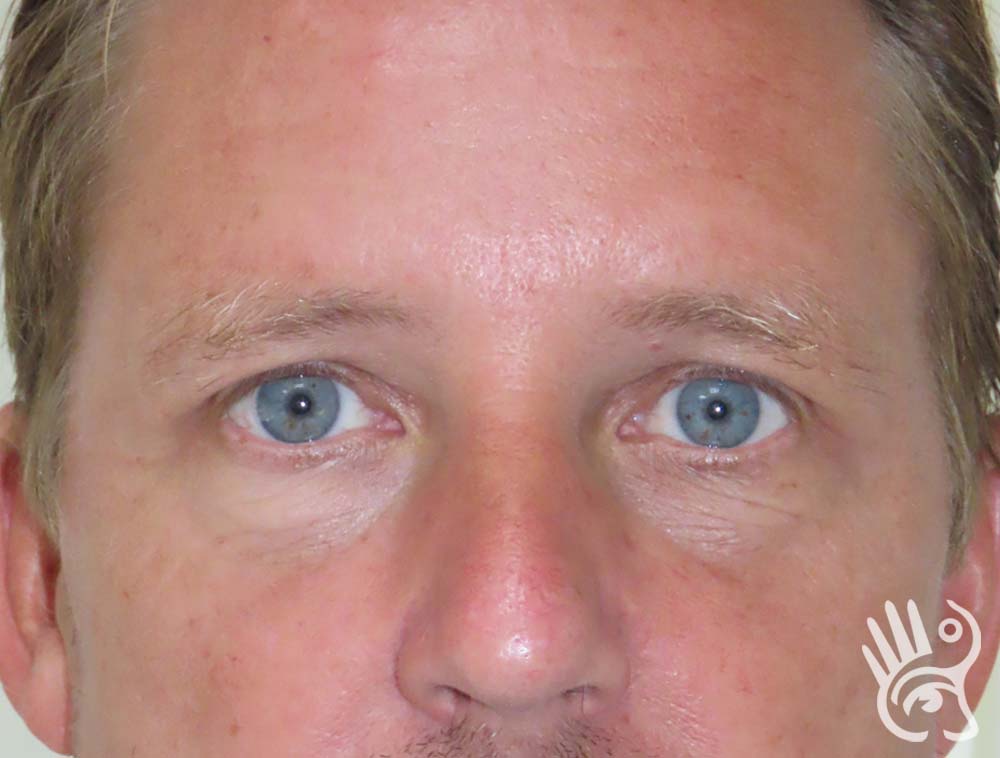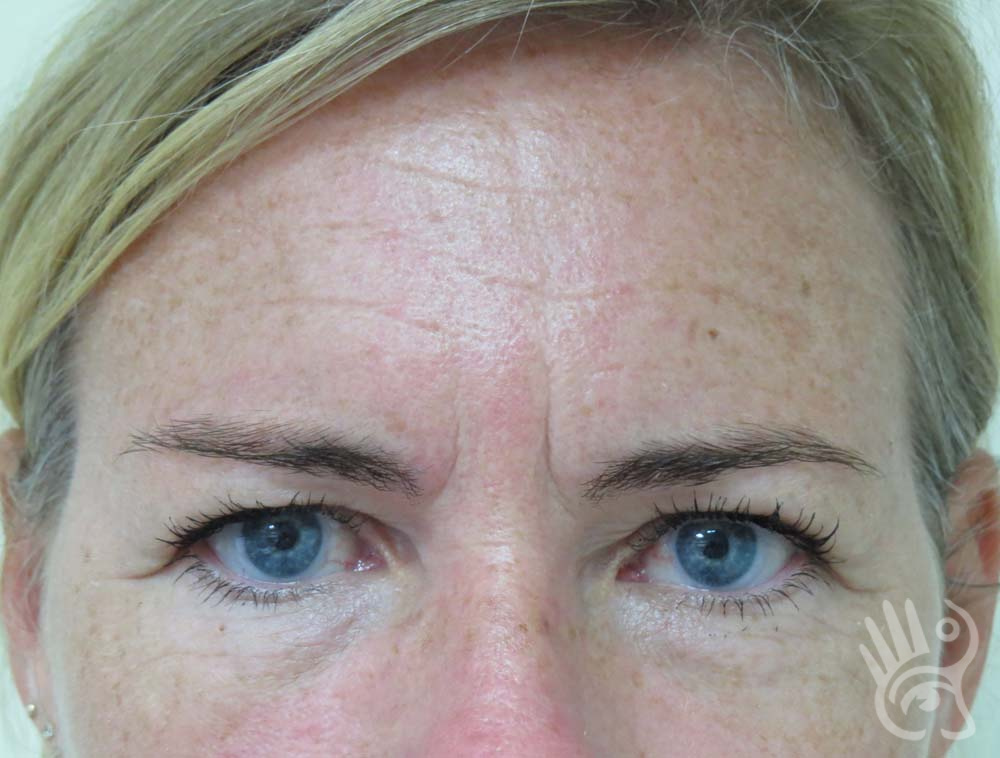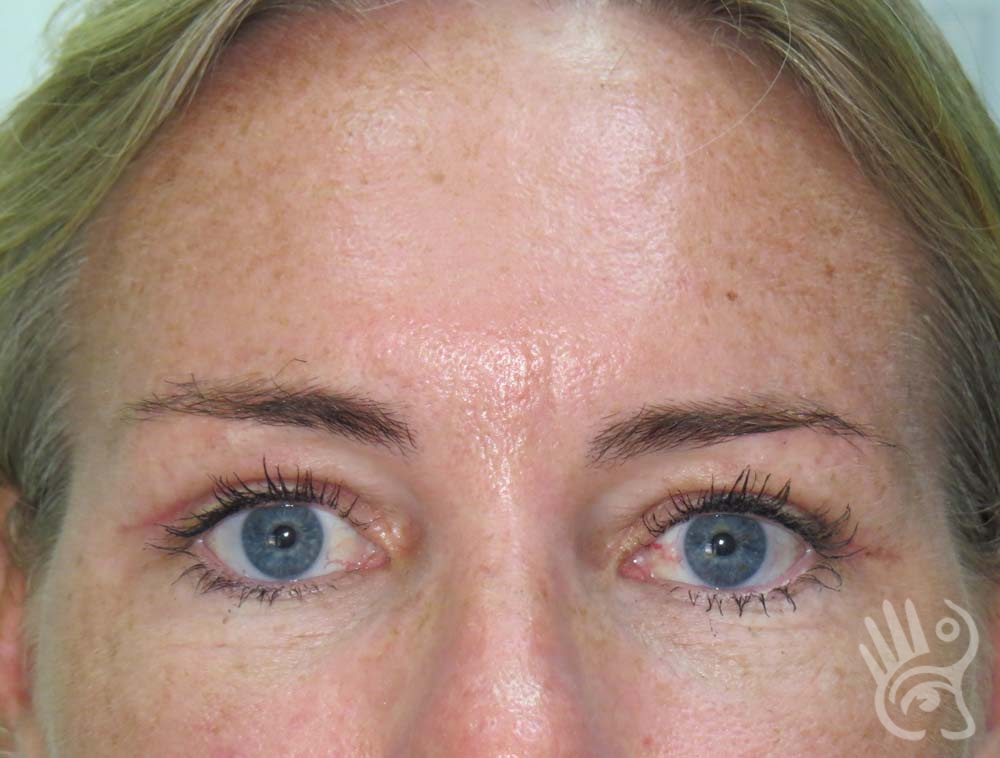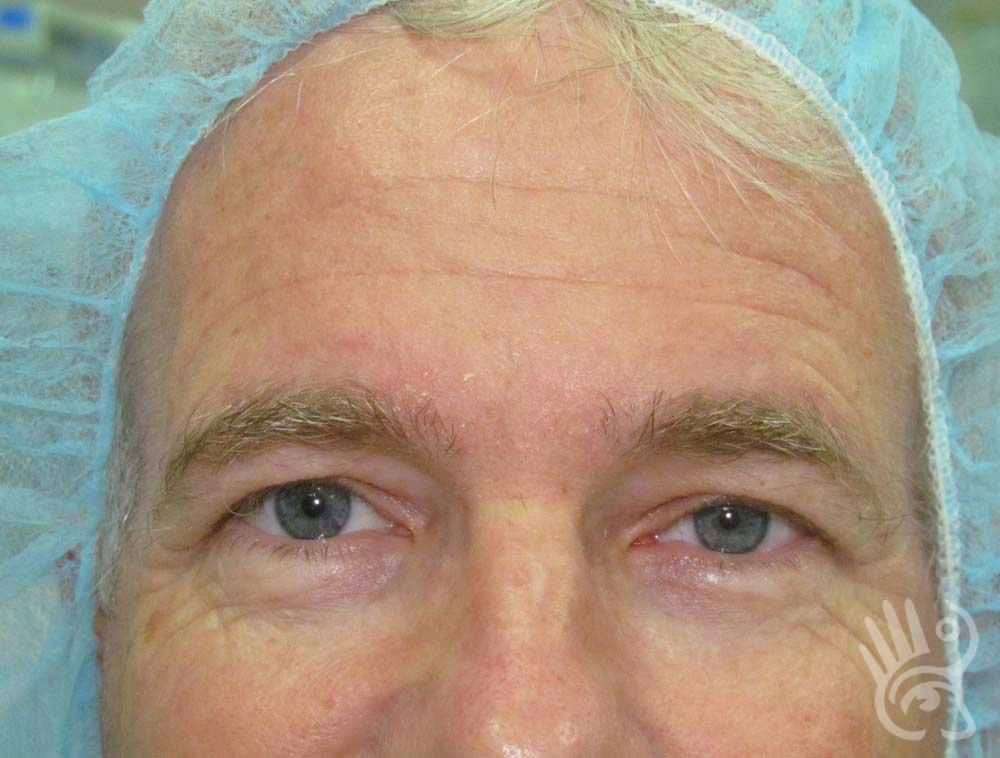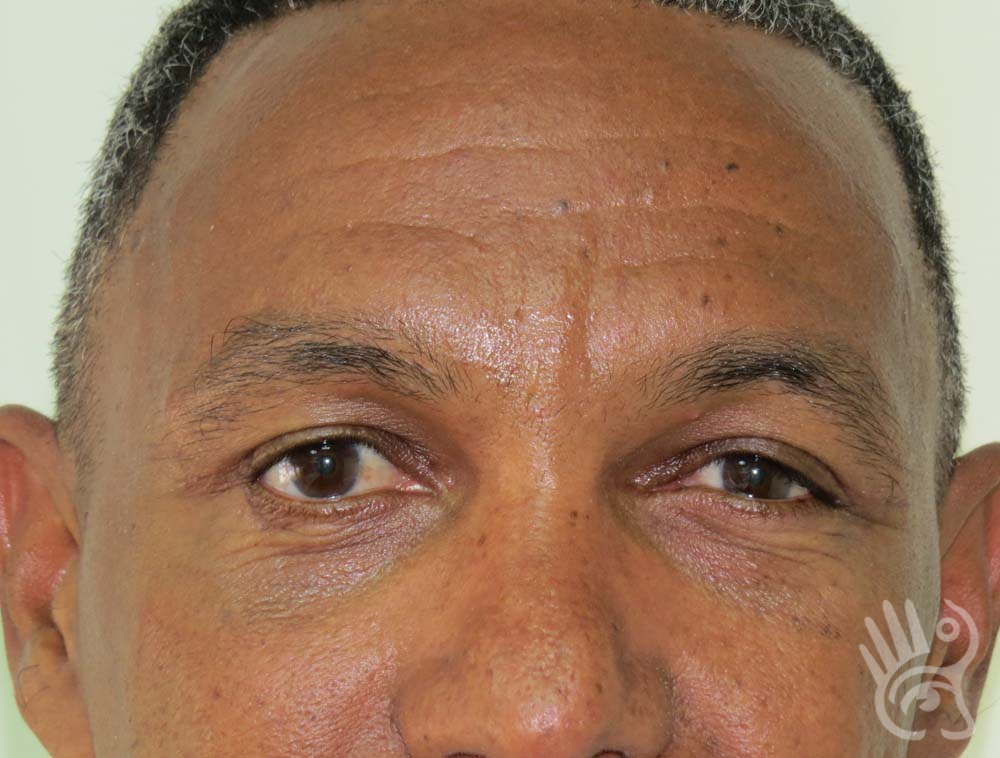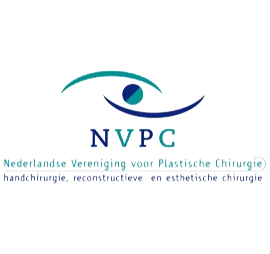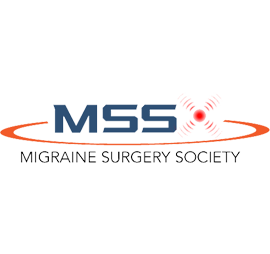Due to aging and genetic predisposition the skin of the forehead and the eyebrows decent and can press on the upper eyelid skin. The peripheral vision, especially lateral, can become compromised. Actively raising the eyebrows to improve vision can cause fatigue during the course of the day. Low eyebrow position can give a tired or angry appearance. The endoscopic forehead and brow lift can smoothen the forehead, correct eyebrow ptosis and reduce glabellar frown lines. The procedure is done through small incisions causing minimal scarring and tissue disruption. An endoscopic forehead lift is often performed in combination with an upper eyelid correction .

